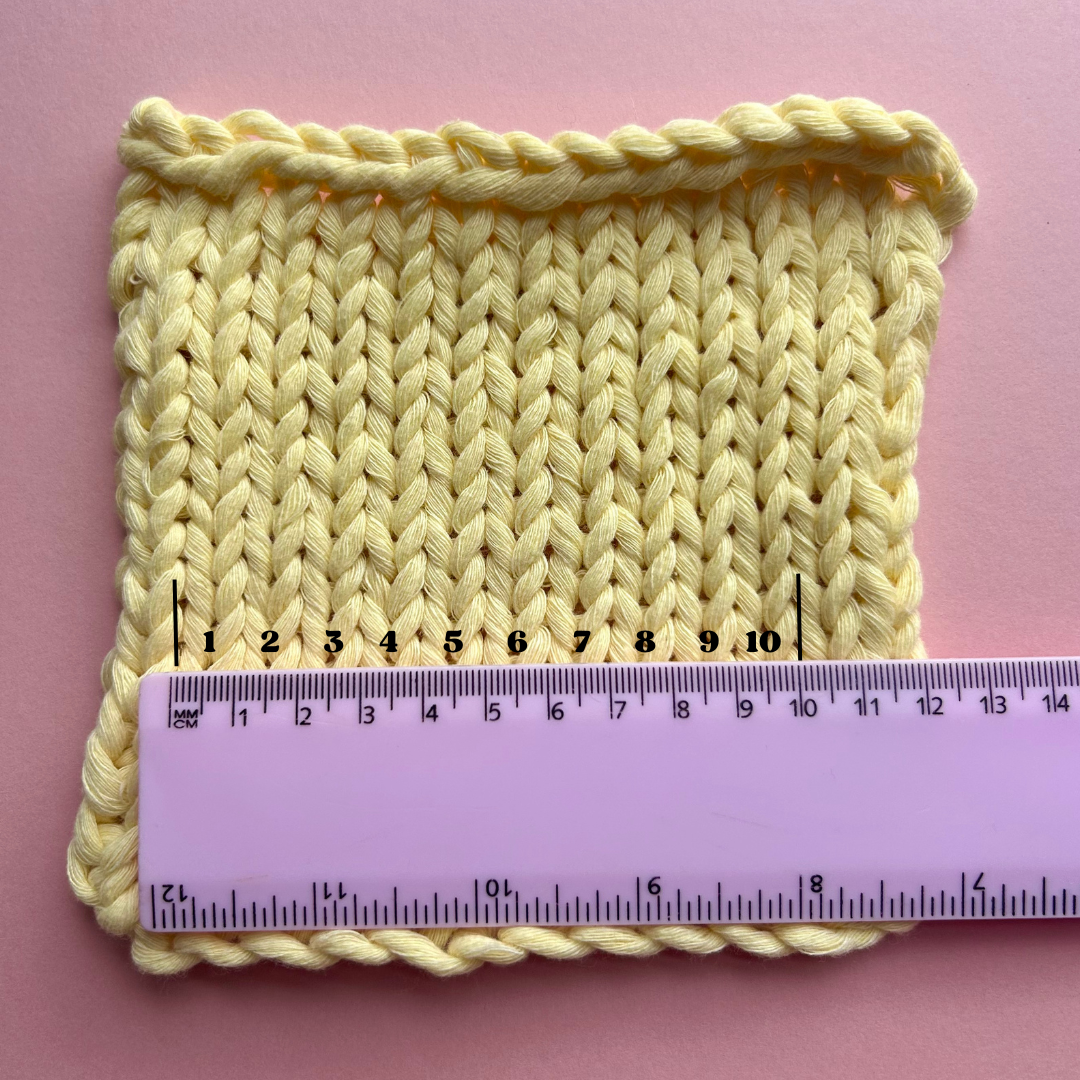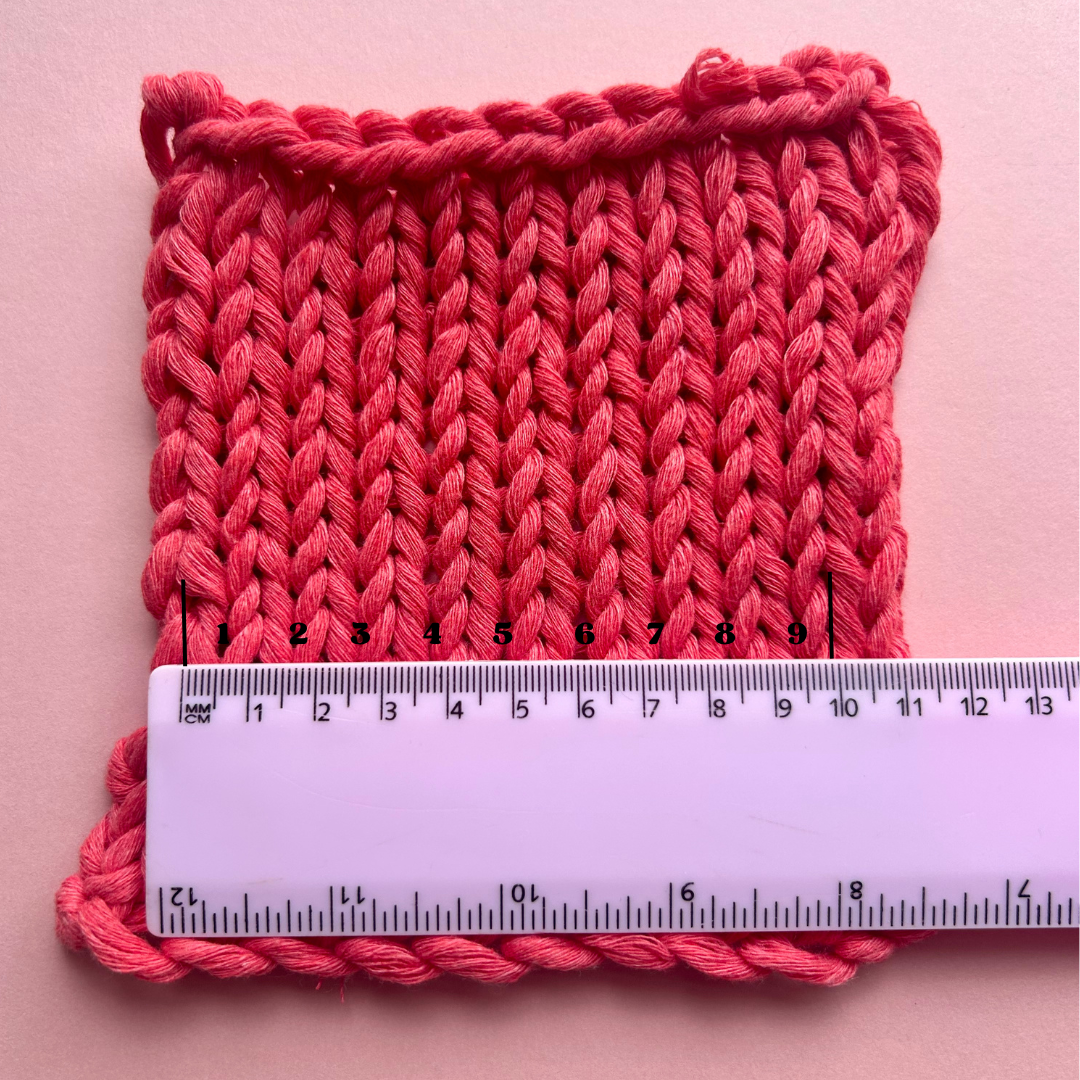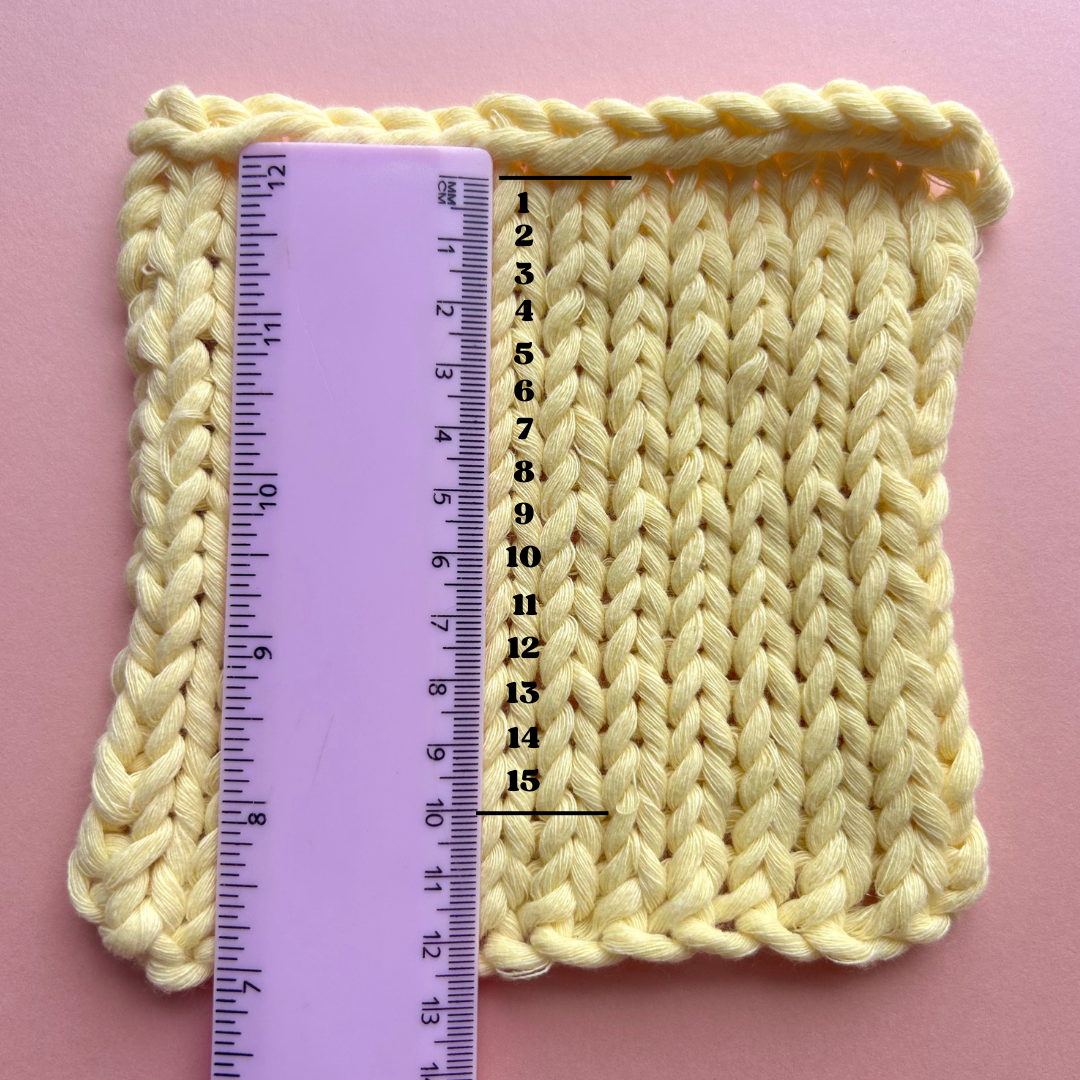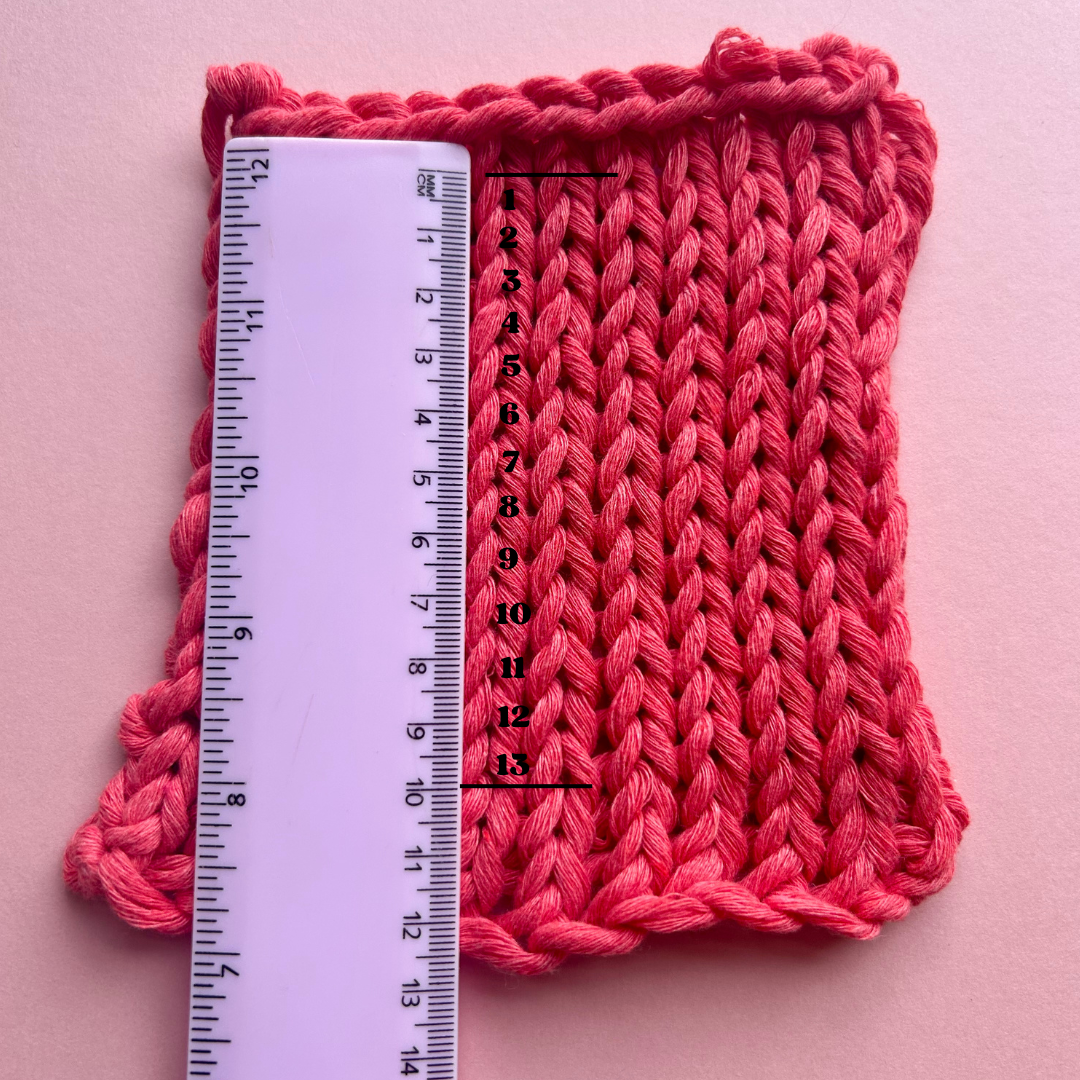SO WHAT IS KNITTING GAUGE?
We know all this talk of knitting gauge and tension can be a bit confusing, especially when you're a beginner knitter, but don't worry we're going to break down the key parts of knitting gauge. How to measure it, which knitting needle size to use and how to adapt patterns to suit your gauge.
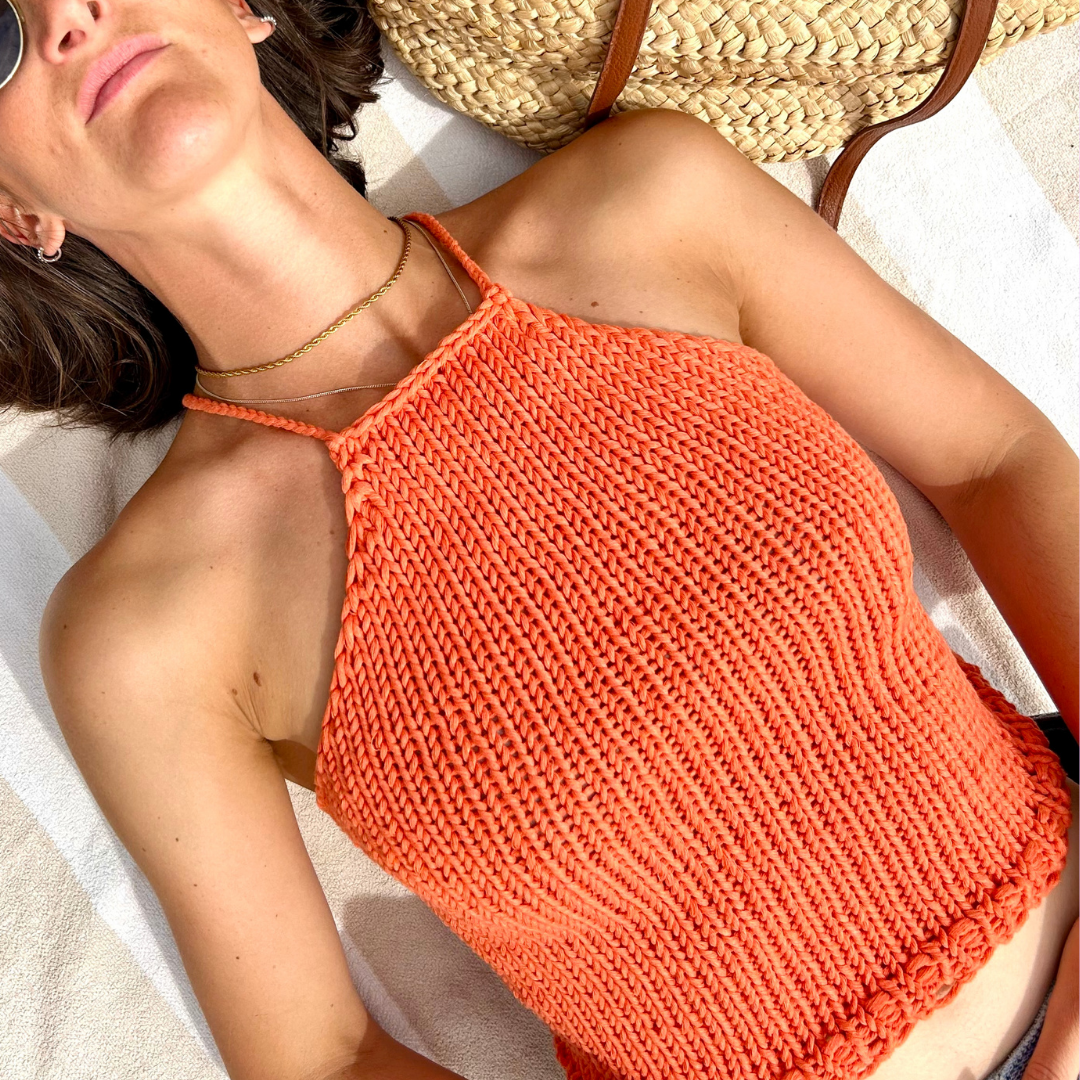
SO WHAT EVEN IS KNITTING GAUGE?
Knitting gauge is essentially the number of stitches and rows within a specific measured area, usually 10cm or 4" square is the standard measure that is used. There are a few things that can affect your knitting gauge including:
- The size of the knitting needles you are using
- The weight of the yarn you are using
- Your own personal tension (more on this below)
- Whether you are knitting flat or in the round
Blimey thats a lot to take on board I hear you say! Well once you've got your head around the basics its actually not that overwhelming.
So let's get into it!
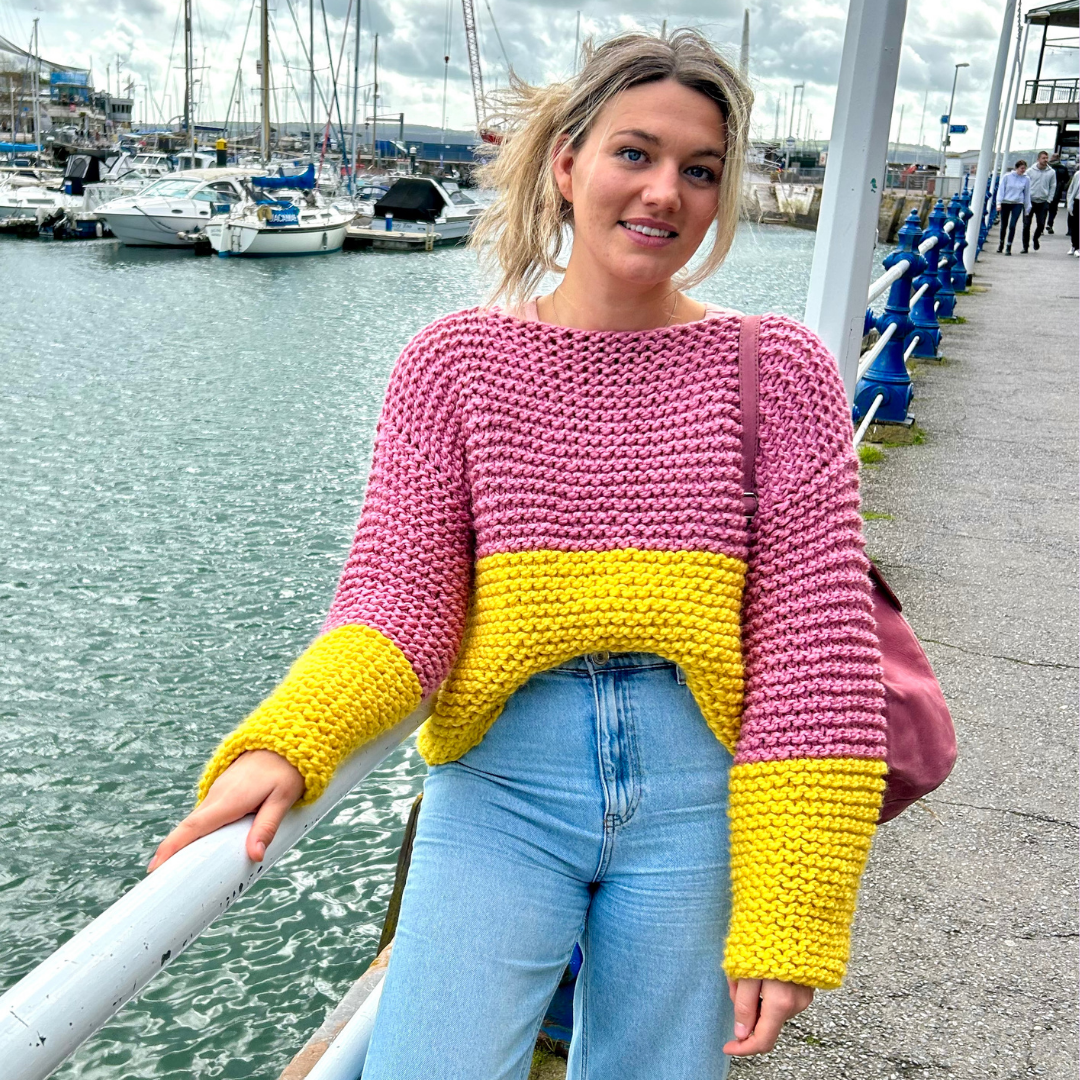
LET'S TALK ABOUT KNITTING TENSION
Knitting tension is how tight or how loose you knit. That's it! End of blog post... just joking! So there are a few things that can affect this and there is no right or wrong when it comes to knitting tension.
Usually beginner knitters tension will change quite a lot from first learning to knit, to finding your natural tension, so just go with it and trust the process!
It's also worth mentioning that your tension will most likely be different if you are knitting in the round versus knitting flat. Usually when knitting in the round the tension is a little looser, not always though so always check your gauge!
But how the heck do I measure gauge???!!
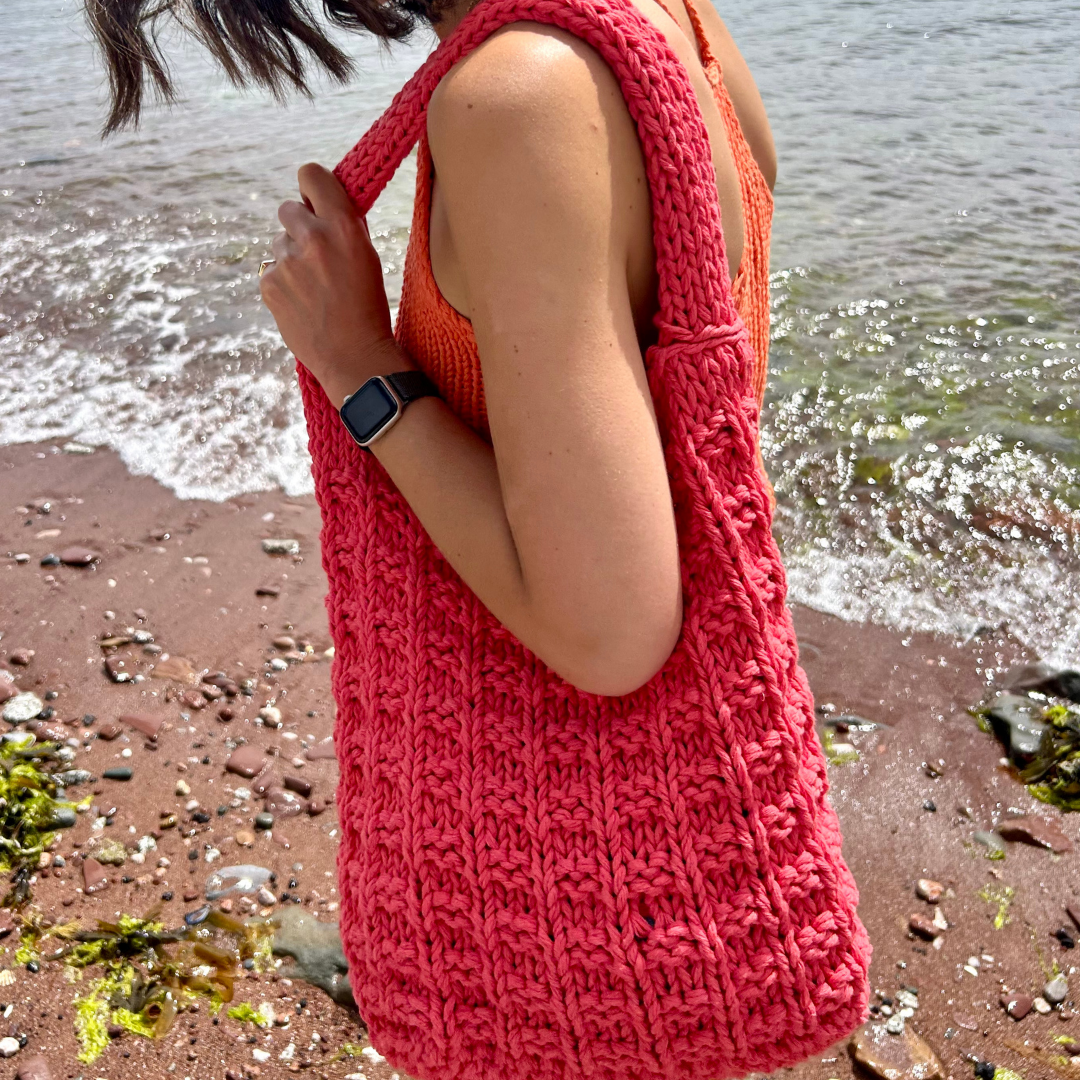
measuring your knitting gauge
OK so the first step to measuring your gauge is to knit a swatch, this is often a step that lots of knitters skip, but if you want to perfect the sizing of your garment it is essential.
Start by knitting a small square (aim for around 12-15cm square) of knitting, making sure to work in the same yarn, same knitting needles and same stitch as you'll be using for your finished item.
Once you have your knitted swatch grab a ruler and lets get into it!
Also worth mentioning, if you are planning on blocking your knit, then block your swatch too before measuring your gauge.
STITCH GAUGE EXAMPLES...
ROW GAUGE EXAMPLES...
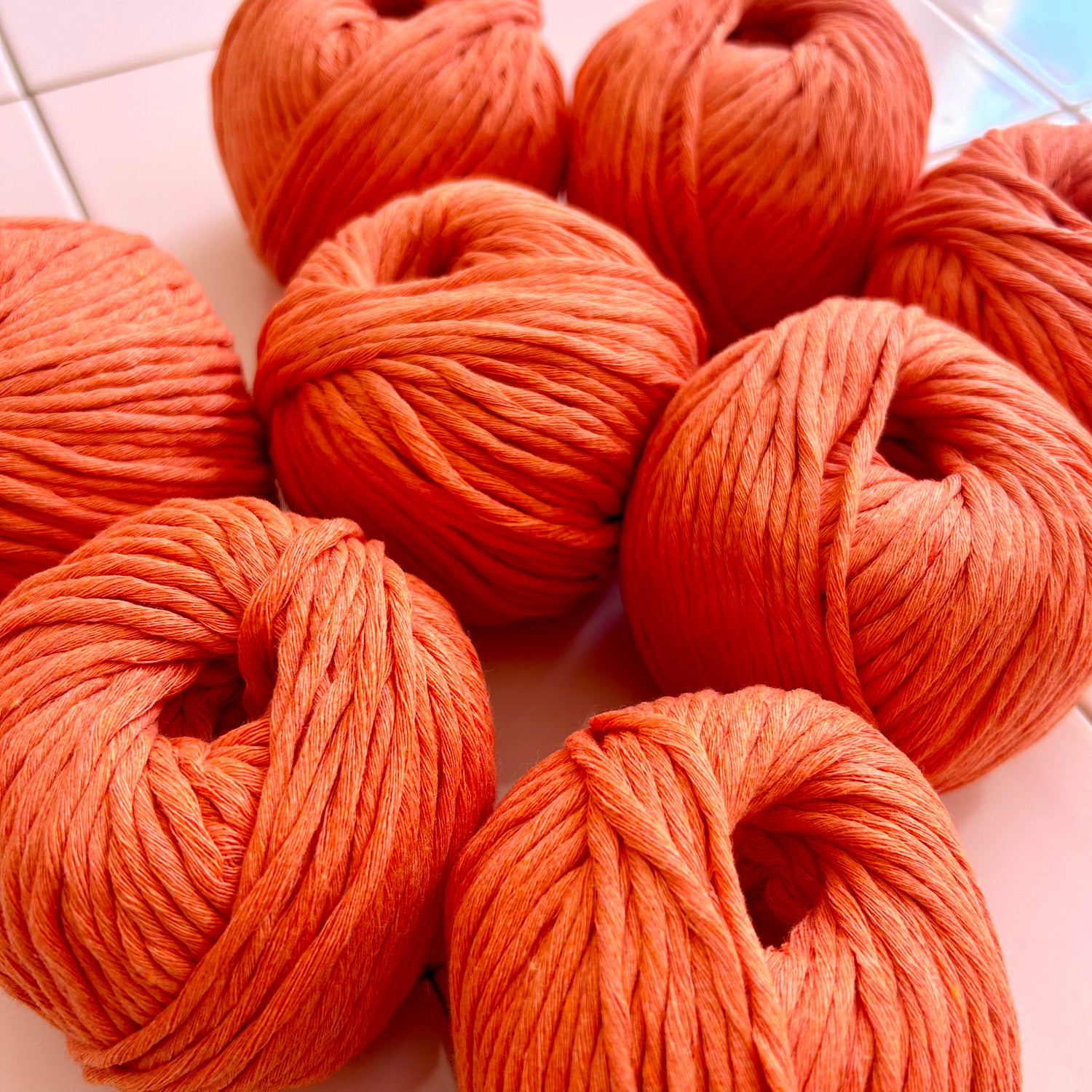
HOW DOES YARN WEIGHT AFFECT GAUGE?
The yarn you are using will have huge impact on your knitting gauge. If you are using a Super Chunky weight yarn, then you are more likely to have less stitches in your gauge. However if you are using a Double Knit weight yarn then you'll have more stitches in your gauge.
You can also use more than one strand of yarn when you are knitting, so if this is your plan then make sure the gauge swatch you knit reflects this.
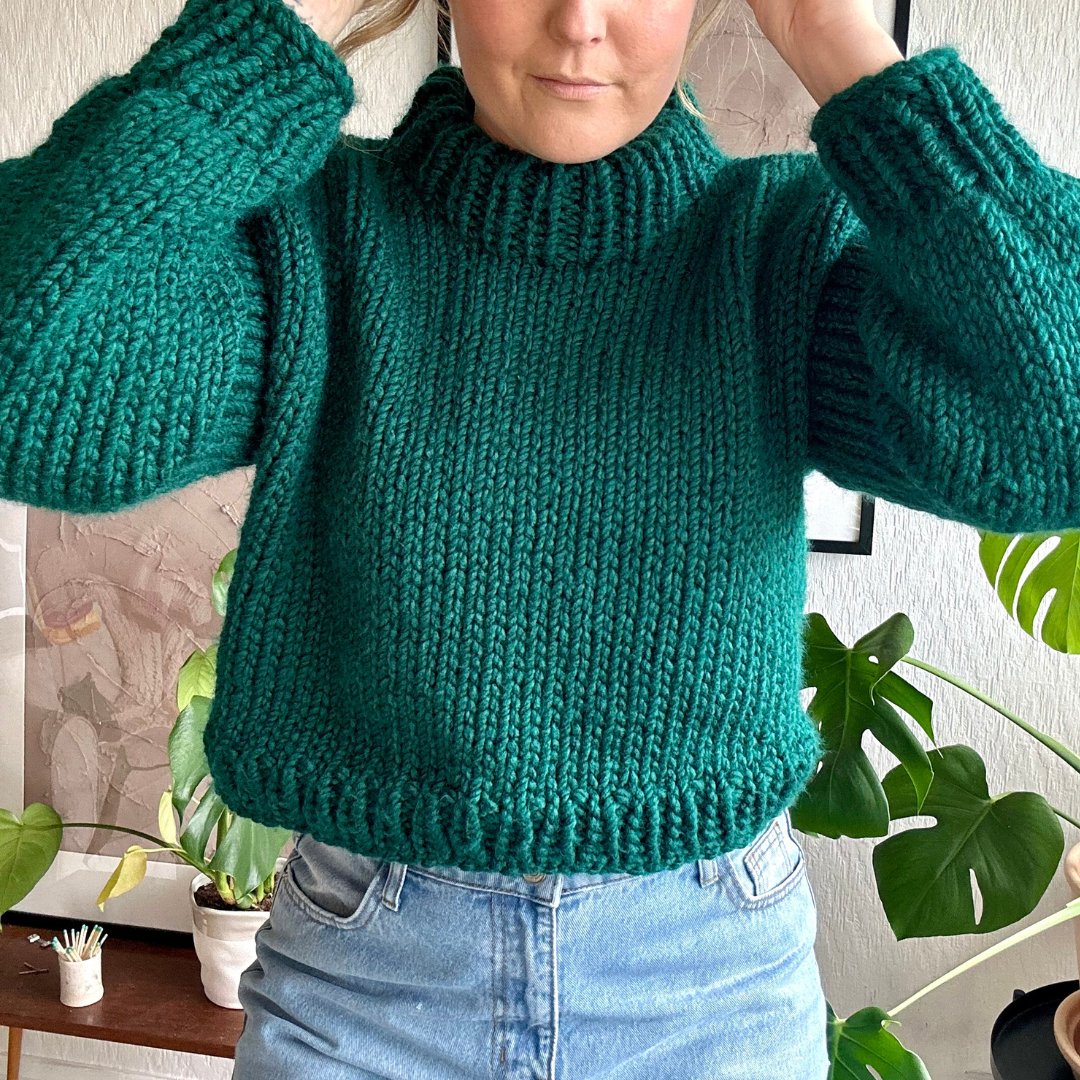
SO WHAT IS TENSION?
Tension is how tight or loosely you knit. Some people will hold their yarn super tight when knitting which results in a tighter tension, which in turn means more stitches in your knitting gauge. Or if you knit loosely that will usually mean less stitches in your knitting gauge.
Also tension can differ depending on the knitting style you are using. Some people knit continental style (holding the ayrn on the left hand) and some people knit English style (holding the yarn in the right hand).
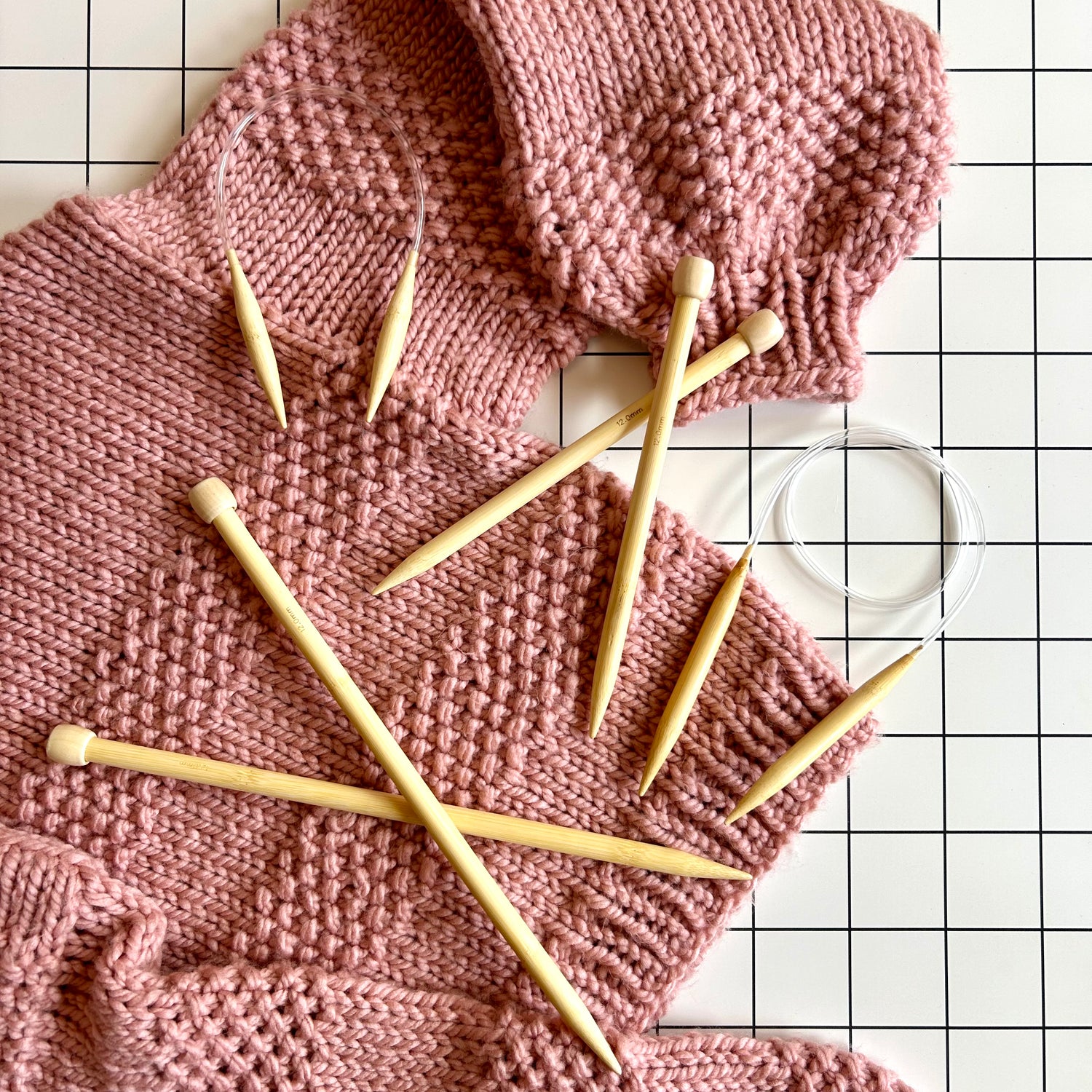
WHAT IF MY GAUGE DOESN'T MATCH THE PATTERN?
Firstly, do not worry. There are ways around this if your gauge doesn't match the pattern.
You can start by changing the knitting needle size you are using, if your gauge has too many stitches, go up a needle size. If your gauge has too few stitches go down a needle size.
If you are going to do this we recommend making a new swatch just to double check, you don't want to knit an entire jumper and realise that your gauge was still wrong.
WHAT IF THAT DOESN'T WORK?
So there is a slightly more complicated way of adapting knitting patterns to match your gauge and tension. However there's some maths involved...So strap in!
You will need to adapt the amount of cast on and knitted stitches, as well as the amount of rows to suit your tension. So we would recommend working through the pattern and doing all your math before starting to knit. You will also need to visually check as you go that the pattern is working up correctly based on the measurements included in the knitting pattern.
Here is the equation to use when changing a knitting pattern to suit your gauge measurements. For this example we will call the number of stitches Q (this can refer to the number of cast-on, or knit stitches required in any part of the pattern) we'll call your gauge stitch X and the stitch gauge of the pattern Y.
So take Q and divide by Y, then multiply this by X = New Q
So let's say you were casting on for a jumper and the pattern gauge is 9. Your gauge is 10. The pattern instructs you to cast on 90 stitches.
Here's the equation: 90 divided by 9, multiplied by 10 = 100
Finally you must also take into consideration the pattern itself, if the pattern states an even number of cast on stitches, but the equation throws out an odd number, this will need to be adapted. We only recommend this method to more experienced knitters.
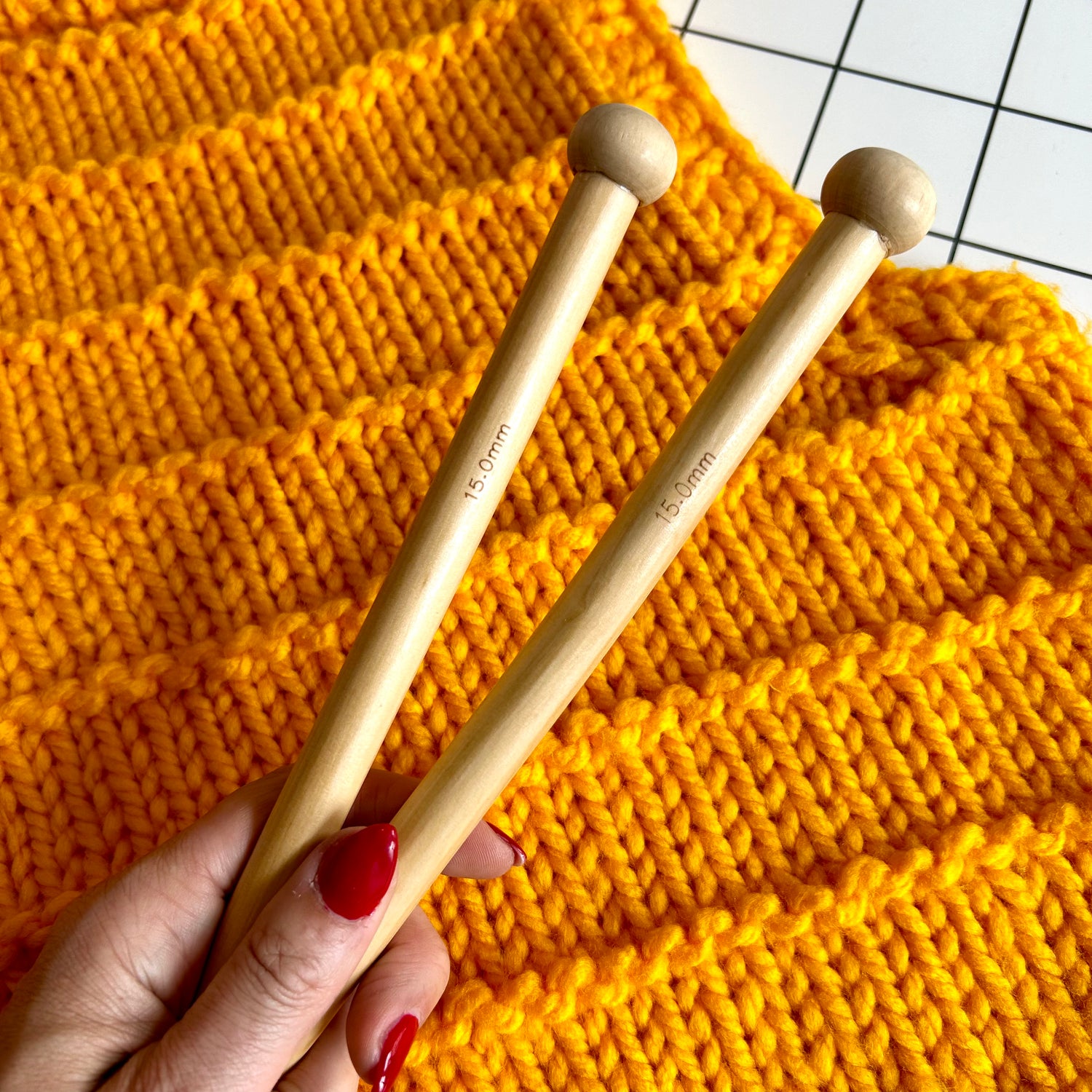
The End
We really hope that has helped you to understand knitting gauge and tension a little bit more and hopefully you're feeling a lot more confident now if you ever need to change knitting needle size or adapt a knitting pattern.
Check out our blog post on Knitting Needle Size for more info on our full range of knitting needles...

